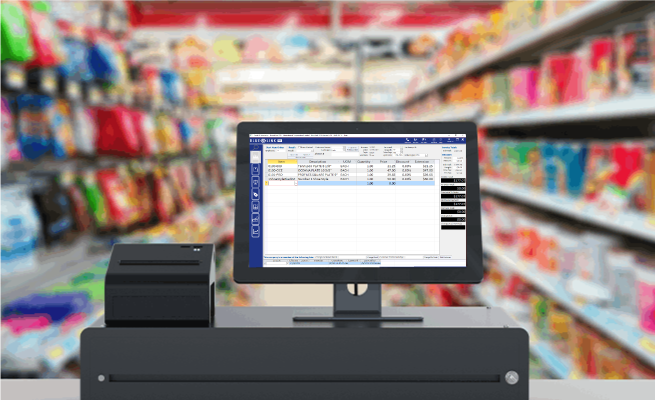A dynamic market environment has meant that businesses are constantly challenged to optimize their supply chains to remain competitive. Additionally, constantly shifting consumer demand has required companies to adapt and change their operations to meet evolving expectations.
The rise of new channels, such as e-commerce and direct-to-consumer sales, has significantly impacted supply chain operations. In an ebook, Glovia OM cited a study by Nielsen Homescan that showed about 40% of consumers have used buy-online and pick-up-in-store (BOPIS) services.
Moreover, the number of touchpoints for a shopping journey has grown to more than 20 for something as small as buying candy or more than 500 for booking a flight, often going back and forth between mobile and desktops. The ebook states that companies with strong strategies for omnichannel customer engagement see an average of 89% for customer retention versus 33% for companies with weak omnichannel strategies.
“A lot of times, we see that companies may have excellent products, but the customer experience may not match the product experience when interacting with a company,” said Ruchir Patel, GLOVIA OM practice lead at Fujitsu America, Inc.
Why supply chain transparency matters
Supply chain transparency is critical for efficient order fulfillment, inventory management, and accurate demand forecasting. Without a single system of truth, businesses can face challenges like managing multiple scheduling systems, limited partner visibility, and locked-out inventory due to a lack of location awareness. This hinders AI-powered planning and limits opportunities for new business models and revenue streams.
Legacy systems often restrict achieving this transparency, but the opportunity cost of inaction is significant. Thus, businesses need agile, responsive platforms to improve customer experience and service levels.
An Order Management Platform (OMP) gains importance in this scenario. It provides real-time visibility into all order aspects, from shipping to promotions. It also enables inventory tracking across multiple locations to provide retailers and manufacturers with agility and improved planning abilities.
In some cases, manufacturers can even drop-ship directly to consumers. Integrating the OMP with a CRM platform enhances its value. Customer service teams gain direct access to orders, inventory, and customer information, improving communication and service. Tracking key KPIs related to inventory and supply chain challenges also helps enhance the customer experience.
The ebook concludes that manufacturers and retailers can improve their supply chain readiness now and in the future with a modern OMP that seamlessly integrates with existing systems, is easy to deploy, and is affordable.
What this means for ERP Insiders
Businesses must adapt to fulfill orders across various channels. Retail organizations must have a robust omnichannel strategy that integrates inventory management, order fulfillment, and delivery across all sales channels to help them maintain efficiency and minimize costs.
Meeting customer expectations is paramount. Today’s consumers demand fast, reliable, and personalized service. This necessitates a focus on speed and agility throughout the supply chain. Companies must be able to respond to changing demand quickly, minimize lead times, and ensure on-time delivery.
Effective inventory management enhances customer experience. Manufacturers need platforms that provide channel partners with real-time information and enable feedback loops for improved forecasting and inventory management. Retailers also must evaluate key variables impacting their supply chain, such as seasonality and carryover inventory, especially during crises.






